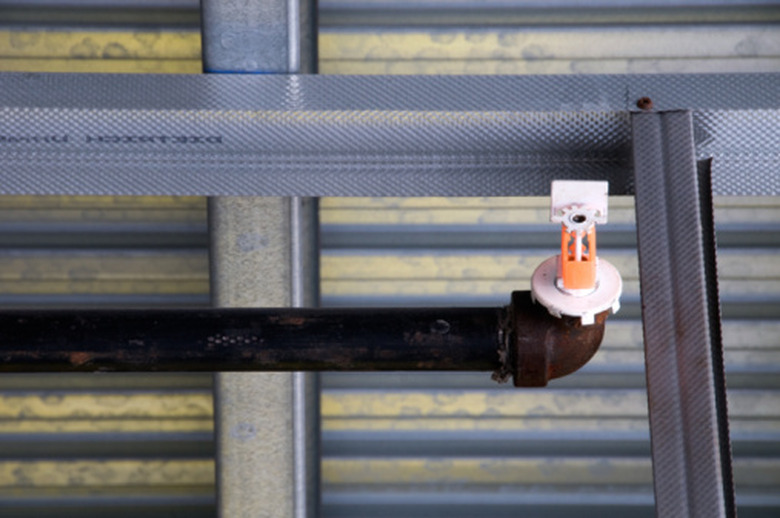I have an old Englander 28-3500 that heated my old house for 10 years. The new house is hydronic heat and someday I'd love to put in a gasifier, but in the meantime the 28-3500 just sits in the basement as the current owner of my old house did not want it. I am considering putting up a moderately sized building on the property that I could potentially use the 28-3500 in, but it would be way overpowered for the space in its regular configuration with the blower, etc.. I was reading some articles the other day about thermal mass heat storage using sand and had a thought: The 28-3500 is essentially a plate steel stove inside a heavy gauge sheet metal box which forms the air jacket which feeds heated air into ductwork. After sealing up a few openings in the rear the entire air jacket could easily be completely filled with clean dry mason sand. The result would be a plate steel stove completely surrounded by a void free mass of sand.
The idea would be to get the stove running full tilt with a very hot and clean (for non-EPA stove anyway) burn for a period of time, heating the "sand jacket" which hopefully would then continue to release heat slowly and gently into the structure for a period of time after the fire is out. This is completely an experimental idea that I'm apt to try since I have the stove, I don't really have a use for it, and the only cost to me would be a load of sand. Also, if it turns out to be a failure I could easily use a shop vac to remove the sand and the stove would be useable in its original form.
Finally, I'm well aware that this would void all warranty (not that it's under warranty anyway), not be covered by insurance in the event of fire, etc...I'm not that worried about fire risk inside of a steel building sitting on a concrete slab. In any event, I'm curious to hear what others think of this idea.
The idea would be to get the stove running full tilt with a very hot and clean (for non-EPA stove anyway) burn for a period of time, heating the "sand jacket" which hopefully would then continue to release heat slowly and gently into the structure for a period of time after the fire is out. This is completely an experimental idea that I'm apt to try since I have the stove, I don't really have a use for it, and the only cost to me would be a load of sand. Also, if it turns out to be a failure I could easily use a shop vac to remove the sand and the stove would be useable in its original form.
Finally, I'm well aware that this would void all warranty (not that it's under warranty anyway), not be covered by insurance in the event of fire, etc...I'm not that worried about fire risk inside of a steel building sitting on a concrete slab. In any event, I'm curious to hear what others think of this idea.


